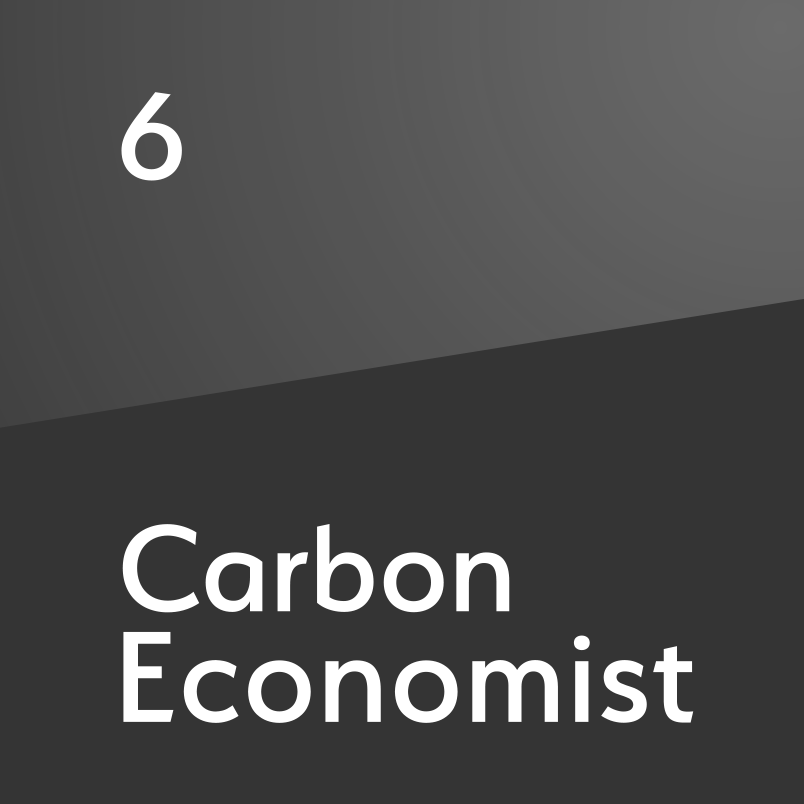Outlook 2025: Why oil and gas must play a central role in the transition to a lower carbon economy
The climate narrative has centred on phasing out fossil fuels in favour of renewables and novel solutions, but increasingly, policymakers are realising the importance of hydrocarbons as an enabler of the transition
For over 100 years, oil and gas has been the bedrock of the global economy, enabling immense growth, development and progress across the world. From mobility to materials, healthcare to food, the oil and gas industry has delivered reliable and affordable energy to enable unprecedented prosperity and a doubling of life expectancy. And yet, in recent years, the climate narrative has centered on phasing out hydrocarbons in favour of intermittent renewables, vilifying oil and gas companies as the central cause of the world’s climate problems. Policymakers and activists have sought to hamper energy companies’ financing, cut access to markets and even reduce basic access to energy, neglecting the

Also in this section
5 December 2025
Mistaken assumptions around an oil bull run that never happened are a warning over the talk of a supply glut
4 December 2025
Time is running out for Lukoil and Rosneft to divest international assets that will be mostly rendered useless to them when the US sanctions deadline arrives in mid-December
3 December 2025
Aramco’s pursuit of $30b in US gas partnerships marks a strategic pivot. The US gains capital and certainty; Saudi Arabia gains access, flexibility and a new export future
2 December 2025
The interplay between OPEC+, China and the US will define oil markets throughout 2026







